Remake’s Hidden Struggles & Potential Future Release Plans
During my playthrough of Final Fantasy VII Remake, I did note the annoying issues with the textures was discordant with the level of polish elsewhere in the game, but given the things I knew about the PS5 and from the “Inside” series behind the scenes, I could make some pretty good assumptions about why those things happened, and while they were unfortunate, it’s an understandable thing when a deadline is looming and you’re working for optimization on next gen as well and have a release date to hit. Every square centimeter of this game is just stuffed to the gills with polish, love, and attention.
But then, I ran into some unexpected issues, and all sorts of QA-testing red flags started popping up that just zeroed me in on a ton of things about the game’s final few chapters that I needed to go back and dig into. The more I looked, the more I found, and that’s what ultimately motivated this entire article. I want to peel back the mask and expose a ton of things that are lurking under the surface in the game’s final chapter, but I want this to be a positive examination. Games are a product and things like release dates mean that sometimes you go from being able to add in all of the polish and everything you want, and then you’re forced to shift gears and turn pieces of a minimum viable product into something that’s fantastic – if flawed. It’s why testing and quality assurance is a messy job and incredibly hard, but it’s where I want to both commend the massive efforts it must have taken, but also give a chance to look at just how much isn’t there that should be.
Happy Path Bugs, Trimmed Content, & Evolution into Boss Rush
In the late part of Chapter 16, some odd things start to arise. (Edit 5/4/2020: Thanks to research done by Shademp, he was able to identify that a large number of the Shinra NPCs in Chapter 16 reuse existing dialogue from NPCs in the slums. All of the NPCs in all earlier portions of the game up until this point posses a staggeringly large range of totally unique dialogue, that’s been a key component in fleshing out the feel of the world. This change helps to point to a shift in their development efforts & scope. Rather than being able to build out and polish unique assets for this chapter like the ones before, they’re recycling assets to fill in things that critically need to be completed. 5/16/2020: Mayor Domino’s dialogue always mentions, “scaring an accountant” – even if you don’t take the elevators where that event occurs, but opt to take the stairs instead, which is a small inconsistency, but still stands out oddly with such clear work put in on those two paths). When you go into the men’s restroom & climb into the vents to spy on the meeting of the Shinra executives, there are two rooms you can look down on before you reach the vent you’re headed towards. When I reached those vents, I pressed triangle to look down. After watching the scene, I pressed circle to go back … and nothing happened. The game was soft-locked and I had to restart. I had to do it again just to be able to see the second room before the one for the objective.
This is a HUGE red flag. This is what’s called a happy path test. It represents the player doing exactly what you expect them to do, rather than a bug from doing something unintended or exploitive. This place is literally in fixed linear progression that contains 3 interaction options (not counting a materia you can pick up). The fact that 2/3rds of those options can soft-lock the game is unfathomable for a game with the level of polish that Remake has – even given all of the texture bugs. This instantly set me looking at the game from a QA perspective and not just as a player.
After the meeting, you follow Hojo up into his lab, and have a Boss encounter with H0512. In this fight, the characters still have dialogue when they execute certain ATB actions, or get low on HP – but there isn’t any passive banter triggered during the fight. On top of that, the visual storytelling of the boss phase transitions are brilliant, but there’s no dialogue about them at all. The ads in the fight transform from H0512-OPT into H0512-OPTα and then into H0512-OPTß – all of which have a unique and story-relevant change to their eye, as well as a variable attack set. None of this is called out by the characters the way that they are in other scenes. Additionally, only the base H0512-OPT form appears in the Enemy Intel. Then when you beat him, there’s a bench right by the lift. This is odd, because in the game thus far, all of the bench locations are spaced out and placed really strategically. These ones feel like things that are in place for easy QA testing to allow you to efficiently run through and never have to wander back, and they’re all over the place like this from here on until the end of the Shinra Building. Then when you go to team up with Red XIII and Hojo escapes through the elevator, the second you reach the outer door, everything transitions into a series of cutscenes. You can’t actually control or explore anything freely to go anywhere in this room. The only partial movement you’re allowed to make is Cloud’s hallucination stumble forward being triggered that isn’t normal walking control that also forcibly concludes the chapter.
This is where it seems like Chadley should show up with access to the VR Room & VR Headset, and information about him trying to sabotage things to help you follow Hojo. This seems to be designed so that you’ve got time to take a break and try out Red XIII, play with a number of different party configurations while Hojo has escaped before going to confront him. This would also serve perfectly for wrapping up Chadley’s storyline – since he’s been an important recurring NPC since Chapter 3. All of the other storylines of much less important miscellaneous characters from the Slums get concluded in Chapter 14, so there’s no way that Chadley’s story was supposed to bring him back into contact with you earlier in Chapter 16… only to have its ending relegated to a post-game extra. However, Red XIII isn’t playable, so that section currently seems like it just pushes directly into a Chapter-ending cutscene since none of that gameplay content can be used at the moment (which I’ll get into more detail on shortly).
If this is supposed to be Chadley’s big part in Hojo’s lab, it makes sense to be placed here because the game’s narrative structure is designed to allow for you bashing around as long as you want in the VR fights (especially since you’d be able to get the Bahamut Materia here) for the purpose of getting everyone ready for going up directly against Hojo – which is exactly in line with Chadley’s motivations. Given that Cloud passes out at the end of the chapter anyway, the extra time spent doing this makes no impact on the narrative. You’d also be starting out knowing the fact that Hojo controls access to elevators all over his labs like you’re about to face in The Drum. Additionally, in Aerith’s room once Chapter 17 starts and Wedge & Domino contact you about escaping, there’s been a built-in nebulous passage of time and Hojo’s lab is a wreck. The passage to the VR room shown both in the cutscene & on the minimap is cut off, and Chapter 17’s narrative is focusing on your need to escape quickly and meet up with the Avalanche members on the roof – not linger about with Chadley. This is why, in the initial playthrough, that door is sealed and Chadley is nowhere to be seen in Chapter 17.
This is why this whole VR training section seems like it had to be copied from the natural inclusion point in Chapter 16 and pasted into the post-game-only version Chapter 17 – where it doesn’t matter that everything is destroyed & urgent, because Hard Mode has already gone through the story. It seems like Cloud should get to keep the Portable VR Headset after completing Chadley’s story in Chapter 16, since it’s a totally new piece of technology introduced for Remake that works as an updatable, post-game content delivery system that you could potentially access from the Menu. The development team still needed an easy way for getting some form of this content to players in the current setup where none of the party selection work is completed yet. Copying and segmenting it into a separate chapter means that they could safely strip out all of the other pieces connected to Red XIII, and make a version of this that still works without his character being playable, that could also still be easily accessed from the post-game by being inserted at the start of Chapter 17. This is done specifically so that this content can exist for players, without making it harder for developers to complete work on the one in Chapter 16 that they’re still going to do later on. If eventually having a functional version of this that works with Red XIII wasn’t still considered important, it seems like they’d have kept the trimmed down version in Chapter 16 where it belongs.
Additionally, from here on out, the game has a number of reductions in actual finished gameplay. The Drum has some fights, but only the most necessary cinematic pieces are completed for the sub-boss Brain Pod, and then the Swordipede. The other encounters with Hojo in Nest 02 – which would normally be dripping with cinematic camerawork, just have static presentation of the characters talking to each other, which makes the scene in the room with the Sledgeworms extremely noticeable for how different it is. There are other zooms that just move through the corridor without any focus. There’s a transition bug with Aerith running into a railing as a cutscene starts panning the camera out. The enemy encounters in this area frequently feel like they’re a bit off-balance between either being incredibly easy or frustratingly difficult (I’ll cover this more in a bit). As we complete that area, we’re basically in the section of the game where we’re experiencing cutscenes into boss fights.
When you finally escape The Drum and get into the area where Avalanche is launching a full-scale assault against the Shinra HQ, there’re just empty corridors, and a trail of goo. No sign of anything. Then we find a broken window and someone calling for help from outside the president’s office. There’s a vending machine and a save point, where you can literally just kill time while he’s hanging off a ledge. It doesn’t match the recently established urgency that’s supposed to be present at all, especially with Barret’s dialogue about making Wedge wait. (Edit: 5/4/2020 given the Shinra Employee NPCs in Chapter 16 were reusing existing dialogue, it’s likely that anything involving NPCs in Chapter 17 & 18 were scaled back & cut out altogether for the release version, which is why we also don’t see any standard enemy encounters either). Then the battle with Jenova Dreamweaver is given a huge build up as “the source of everything” but strangely once it’s done – nothing about that fight is ever addressed by the characters. There’s no context for what took place that matches the urgency of the narrative that was established earlier.
Barret’s then brought back and things move on. There’s another save bench (which seem like QA checkpoints – the first for Jenova and this for Rufus – because they don’t match the natural flow of things and they’re awkwardly close together). We go from walking to a cutscene-non-fight with “Sephiroth” and then walking to a cutscene actual fight against Rufus. We don’t actually do any escaping ourselves, or even follow anyone escaping. We don’t see Tifa splitting off to save Cloud from falling after the battle. The next thing that happens is fading in on the elevators to start The Arsenal fight. We just transition from cutscene to boss fight to cutscene to boss fight. Every other chapter in the game gives us character moments, and time to revel in the gameplay, and ways to feel connected to the atmosphere and pace of the surrounding events. By the time Chapter 18 hits, it’s just starting out with the M.O.T.O.R. boss fight mini-game. Given that we’ve only done this before way back in Chapter 4, and we’re presented with the option to completely bypass the mini-game from the pause menu in the post-game, it definitely seems like the difficulties some people, including myself, had with this fight were known by the dev team & this was a way to circumvent that for now. Then, in Destiny’s Crossroads, we just have a massive unload of vague exposition before entering the Singularity – where there are literally no standard Whisper enemies or any other type of enemy encounters. The sections of terrain traversal are designed to have encounters right from the start. This is why Cloud loads into combat, but his ATB meter instantly stops charging when the battle there never initiates.
The only things that are playable here are the boss fights against Whisper Harbinger & Sephiroth. Not only that, but even though we have more than a hard limit of 3 characters, we’ve gone from the game allowing us to go about planning out encounters with a careful and specific team the way we want to think through engagements into these situations, but with no down time, we’re just left playing roulette to see which party we’re teamed up with from now to the end of the game. Whisper Harbinger barely has any of the game’s previous level of cinematography for its phase transitions – but these things are all masked by the shocking flash forward reveals that the characters get. Just like with Jenova Dreamweaver, we’re left with the bare bones of those encounters without any opportunity to really fill in the gaps on what’s going on. Most of the remaining effort seems to have been poured into completing the Sephiroth fight. Speaking of which, Sephiroth’s Enemy Intel entry is “114.” with that period at the end being present for no other entry which are all just the number, like “113” for Whisper Bahamut. This is is a simple thing that should have been caught in QA if they had time to polish those systems, which is why the Enemy Intel screen options seem vastly limited when compared to something like Final Fantasy XV‘s Bestiary.
Instead, it really feels like all the work that was done was to make sure that everything in the game was actually end-to-end playable without any critical issues, and that if you didn’t look too deeply, the surface of the presentation would still feel like a complete & polished experience that the whole rest of the game delivered to extreme degrees.
So, why does this happen here specifically?
The Red XIII Factor – Party Selection, Dialogue, & The Drums
What makes the arrival of Red XIII so complicated? It’s not just the arrival of Red XIII, but the arrival of Red XIII and the rescue of Aerith. This is the first point where the narrative reaches a moment where we have the ability to use more than just the 3 characters who are present. Everyone is together in Hojo’s lab trying to determine what to do. This is why Chadley’s story was initially placed here. As a player, you’re supposed to take this time to relax and enjoy things while learning everything you can about Hojo & his rebellious assistant. This gets even more important when you wake up in Aerith’s room, because Barret & Tifa leave your party as soon as that chapter starts.
The start of Chapter 17 presents Cloud in a room, with everyone sitting around him.
Each character has two lines of dialogue, but only Aerith’s dialogue activates with Triangle. This violates the core design rules that the game has established in the Bombing Mission about how conversation and dialogue works:
- All dialogue with Wedge in the Opening Bombing mission – directly between him and Cloud – always uses Triangle. Most of the characters say multiple lines when spoken to this way, encouraging you to talk to characters like this multiple times.
- While pressing Triangle to talk to Wedge for the first time, you are moved close enough to overhear Biggs & Jessie chatting about Cloud, but not talking to him specifically, this is how you learn about passive conversational dialogue that you use to get a sense of the NPCs around you and flesh out the world setting.
- When Biggs opens his last door into the Reactor, if you go backwards to talk to him like you’ve been doing in all the other rooms to hear their dialogue, he never gets a triangle prompt. Instead, as you start to move towards him and out of the way instead of continuing forward like your character is meant to be doing, he has a single proximity dialogue that triggers telling you that he’s got this and to keep going. Given that the player is backtracking within a pre-explored area, nothing stops you, and he only has the one line, so that you’re not forced to trigger multiple pieces of dialogue like this, and you also learn that overhearing NPCs works the same way up on the Plate.
- When Cloud attempts to explore a new area and go along the alternate pathway that the player will later learn he and Jessie will use to escape, rather than move forward to the Reactor, you get an in-game proximity warning that pushes Cloud back that is also connected to a dialogue prompt from Jessie that I mentioned earlier. While that happens, you also still have the ability to have a conversation with her directly with Triangle for multiple lines of dialogue.
These rules are never broken anywhere else in the entire game except for within this room.
If you come into proximity with all of the characters other than Aerith, they will speak two lines. These should be conversations that are initiated with Triangle. When you speak with Aerith using Triangle once, she speaks both of her lines back-to-back.
Tifa:
“Are you ok? Maybe you should rest a little longer.”
“I don’t want you to push yourself. We’re all worried.”
Barret:
“Don’t scare us like that, man.”
“Not enough sleep?”
Red XIII:
“I’m the one who carried you here.”
“Don’t thank me.”
Aerith:
“My mom and I stayed here, years ago when I was just a little girl.”
“The room…looks exactly the same.”
After Aerith speaks, she moves to the wall to initiate the cutscene to talk about the history of the Cetra. This presentation of a room with Cloud being able to talk to everyone is meant to be where you choose your party for the next section. Aerith’s move to the wall is the transition state where the party you’ve selected is locked in. Choosing this party is also a moment for the game to gather data about the characters that players are pairing together (potentially for giving us more moments like we get in Chapter 14, where there’s a variable conversation with Aerith, Tifa, or Barret). Then once that choice of party members is made you’d only have the option to talk to Aerith to move the story forward. It acts the way it currently does because the others’ dialogue has been altered, but not disconnected – with the exception of Aerith’s that just triggers her dialogue & the end of party selection, and then the next cutscene. This is because almost everything that allows you to do party selection has been removed from this Chapter.
There’s even a follow-up just before Wedge & Domino, where you can trigger more dialogue from Barret by proximity, while the camera is locked in place, so it’s likely that there are even more pieces of content that’s been trimmed out and stitched together here. While the party selection could have been left in place and Red XIII could have been kept as a Guest character, that’s also not an option because of how this section handles its variables. Your party selection in Aerith’s room is meant to make a party of 2 characters & another party of 2 characters+Cloud. Those sets of two characters can be defined as one party with Red XIII and another Party without Red XIII.
This is because when you fall into The Drum, Cloud first gets reunited with Red XIII, and then they meet up with other party member that was with Red XIII. The other two will be separated from you, and eventually Red XIII will drop down to join them for the second half. The whole area of The Drum is Red XIII’s section to shine and for players who didn’t want to hang out with Chadley to still have a chance to try out how he works in multiple party configurations. This is why the only completed cinematic cutscenes are him attacking and being frozen by the Brain Pod with the first team, and him fighting the Swordipede with the second team. Chadley was also meant to serve as a way to prepare the player for being ready for team-swapping, letting them plan out a team of their own choosing, before the PHS team split-up is given. We can still see even more little hints of this throughout. The Story descriptions only use the characters’ names specifically when there’s an event that checks for them, but it just refers to them as “the others” in every other case. Additionally, the characters’ passive dialogue is configured to work in multiple points along the mission, like Aerith says, “I really hate that man” about Hojo when exiting Next 03, despite them not encountering Hojo directly. Additionally, there are team-up animations & interactions that are scripted out so that they can get used in varying configurations without wasting assets.
Given that the game forces the party of Aerith & Tifa to join you, Barret & Red XIII are clearing rubble in Hojo’s lab. This is why the tail-slap high-five of, “What the hell, Red?” is the moment between them, but they’re also who we team up with after the fall. Aerith & Tifa’s version of that cutscene is the high five to one another that they do after pushing down the empty pod containers to save Red XIII below. Similarly, Aerith & Tifa fall off of a pipe and fall onto the ground to initiate the Zenene fight. Barret’s falling animation is used when he dives out of the pipe when the Swordipede arrives. These are all done so that multiple party configurations are used, but animation work isn’t wasted. The mumbled voices of Tifa & Aerith when you have the shield in place and first encounter the PHS system are reused for Barret on the other side of the pipe door with the Swordipede. The only reason for carefully planning out animation & dialogue like this is because you’re building a scenario that allows for all of those elements to be completely interchangable at the choice of the player – not something dictated by the game like they are in their current state.
You’ll also notice that there are an excruciating number of Triangle-Hold-based interactions for nearly everything in this area. This is because it’s meant to be checking and re-verifying information about the unique party member configurations at each of these points. These longer verifications are making sure that the correct party setup is checked and flagged, so that each set of animations and everything else specific to whatever the player has selected are in place, which is a huge number of variables that you want to get right. But in its current state, none of that’s necessary with the teams be rigidly assigned. All it does is serve to emphasize how the natural player flow through The Drum doesn’t have as smooth of a design, as everything here is still heavily optimized for QA testing. The PHS stations & levers all face the nearest location to watch for things like animations they trigger, rather than being placed in a workflow where the player will naturally encounter them. The benches & vending machines are all tiny little holes in the wall that are prioritized for starting testing around particular workflow sections, and not in useful places where the player will likely need to recover. Also, the characters walking up to the PHS stations just slide the characters into place, rather than having a natural animation. Lastly, all four of the gate switches can be pulled at any point. While this makes sense given that you interact with all of them, there’s no reason to give the player the option to pull the wrong one, especially since it locks into a long animation and is just for loading & unloading assets. Normally, you’d just expose the relevant one at the time, and potentially gate the others with character discouragement dialogue options & unlock them all to the player as soon as the scenario is completed, and you can roam freely between the whole maze.
Lastly, when you complete The Drum’s Swordipede battle and reunite the entire party, your active party is set back to Aerith & Tifa – matching the party value that you have when exiting Aerith’s room. This trigger is to ensure that you go back to your intended party selection before moving forward into the Jenova fight. Before proceeding forward, you can go back to the previous elevator. Right now, there’s literally no content you can reach in The Drum, so there isn’t any reason for doing this. However, if you do, you will find that the game actually still has the ability to have you pick a custom party of three characters. Red XIII auto-accepts to stay behind, but you have to choose one other person to stay with him at the elevator, rather than sticking you with the assigned Aerith & Tifa party. This is the same dialogue box that would appear if you had a full party in Aerith’s room and attempted to choose one more person. Additionally, all of the character’s dialogue for being selected also matches what would have been an appropriate line to be used in Aerith’s room.
Tifa: “Be careful.”
Barret: “Hurry up.”
Red XIII: “I’ll do it.”
Aerith: “Be right here.”
So, with this being the case, we can see how these significant feature limitations are going to cause some cascading difficulties with things that were likely meant to rely on those elements working. It’s a massive amount of work to test so many interconnected features to make sure that there are no bugs even with all sorts of things removed and also to add in little bits of functionality to still make that feel like it’s complete, even though it’s clearly what they wanted to be able to deliver. However, given that they weren’t able to complete this massively complex web of work, we should also look at how the progression with the game’s Bosses also ran into issues in terms of how they’re dysfunctional with what the game’s delivered before. This is because they’re still in a state that’s not the final version, have had limited testing time, and also many of them were supposed to have built off of what we experienced in The Drum with a fully selectable party – testing them in this state means that they all have to be re-tested and re-balanced when all of that work is completed.
Boss Progression & Limitations on the Final Chapters
I’m going to go through these bosses fairly briefly, but still hit the high points.
One important initial thing to point out is that storyline bosses have a different challenge from VR or Hard Mode bosses in terms of design and teaching the player about combat to build up their skills. Because the Final Fantasy VII storyline is meant to be completed as a single run, the goal of boss fights is to be exciting and make the player feel like they’re as close to a Game Over as possible without giving them one. It’s also meant to teach the player something new about the combat and allow them to master that thing over the course of this battle. This means that each boss fight is testing the mastery of the previous things and adding in something as well, with pushing the tension and effort being the goal, rather than failure.
With VR Missions and Hard Mode, the fights are in a virtual setting that allows for multiple attempts in context, or the story through line has been completed, so you can be far more sharp and unforgiving – which a lot of players are looking for. This is why balancing bosses that are in the main storyline very much aren’t just a matter of “git gud” like might be the case in a Souls game where death is a part of the narrative. Additionally, for all the ways that Remake is like an ARPG, it isn’t one where raw mechanics are the biggest factor in fights. You’re working with AI characters and a number of other things, where combat is more muddy by design, and character loadouts and approaches can also vary wildly while it still retains some ARPG-feeling elements. It’s why these breakdowns are a top-level look at the gameplay design intention, the tools that it’s building off of, and the new mastery that it’s giving the player to use in the next battles, and looking at where those are discordant or suffer at a testing stage of development vs. a polished level of development.
Swordipede
This fight is just more of the same issue with The Drum. The current game’s issues are that this becomes unplanned party RNG, and can leave you stuck swapping out Materia between groups and taking a painful amount of time to slog your way through. Then this fight makes you use everyone without that sort of easy transition.
In the game as it seems to be designed, this is meant to be preparing you to engage in a boss fight with one team, and then swap over to a different team to complete another part of that same fight. There’s nothing really wrong with it per se, but it’s the culmination of a lot of lessons that the game had to cut leading up to and coming after it, so it doesn’t really “fit” in the game in its present state as a lesson for the player.
Jenova Dreamweaver
Jenova Dreamweaver’s second half is just opportunity Cloud Triple-Slashing tentacles while you wait for her body to be vulnerable. Boss shields throughout the game have always come with massive visual indicators, like Hell House’s God Mode or the Scorpion Sentinel’s shield – and those all reduce rather than nullify damage. Full Immunity to damage is just artificially padding out a fight that hasn’t been balanced yet. Characters being hit during ATB attacks already cancels them – so there are enough ways to fully hard punish the player for and waste a player’s ATB actions. Aerith’s Judgement Ray in particular has a really hard time, especially in a fight with so many minions, so when there’s a single tentacle left that’s awkwardly obscured, or they respawn before the attack animation completes, it’s annoying because you waste two full ATB charges because the boss’s visual indicators are really poor. It’s super frustrating and not in line with how the game has done things up until this point.
This fight is meant to be a follow-up to H0512 where it’s teaching the player the cadence between fighting minions, then boss, new minions, then boss, and the boss also has a grapple that can be disabled by breaking limbs – but those limbs also regenerate. This cadence is meant to build up into what we would get with Whisper Harbinger. Also, given that Barret is down for this fight, it seems like there should be some other mechanic here for determining who appears in the party, or something else that’s not totally in place. Especially given the massive and detailed visual transformation to the room that only appears for the fight, it seems like this was supposed to be a much more surreal and haunting experience, like the original Trail of Blood rather than sudden horror shock and then nothing.
Rufus
Having a one-on-one fight already brings its own challenges, but Rufus’ sudden hard-counter final phase is very different from anything that’s been presented before, and the annoyingly vague “a certain attack” Assess tactics about how to deal with him is a total departure from everything about how the game’s given the player the information they need to tackle tough challenges thus far. All other bosses give you specific tactics when there are Stagger exceptions or immunities in place. Right now, it’s just oddly discordant with everything else in the game, even if it is a much more classic ARPG-like battle. The 1v1 lets the ARPG elements shine, but they don’t feel like they’ve been tested so that it feels like this battle fits in smoothly in the natural player progression lessons that the game has. Even worse than the massive challenge you’re presented – you’ll literally never use the hard counter lessons from this fight again in the current game. Ultimately, it’s a departure from the whole gameplay setup players have been perfecting, it’s frustratingly difficult without having any other party members on its own, and its most difficult phase teaches no necessary lessons.
This fight is always meant to make the player feel a bit weak (with Tifa coming to a late rescue and telling Cloud he needs to step up if he’s gonna play the hero). Everything about the end phase is meant to prepare the player for one of Sephiroth’s opening phases when Cloud is fighting him 1v1 and it’s still mostly a sword duel, and teach you when and how to use the Counterattack ATB and other tactics to give that fight opening something uniquely challenging. This boss fight in particular is one that’s definitely workable and can be learned and, given that it’s a 1v1, can even be done like an ARPG without taking damage. If you have experience with ARPGs you’ll probably love it. However, it currently doesn’t feel refined as a first-encounter experience the way that storyline-centric bosses should vs. those where the player is intended to have time to perfect more narrow margins and sharp counters like VR or Hard Mode encounters. It especially feels discordant when you just slaughtered your way through the Lovecraftian Nightmare of Jenova that’s the “source of everything” and then some rich kid with a shotgun just shows up and wrecks you by flipping coins. It’s an awkward whiplash of presentation because there’s no padding between them or time to really let the encounters settle, and the difficulty between the two fights feels so different. If the other bosses get fixed and balanced, and Sephiroth does use this approach in the opening 1v1, everything about this will be excellent in forcing solo Cloud to step it up when he’s playing the hero, matching the narrative lesson Tifa delivers.
The Arsenal
The Arsenal seems like a great place for using Aerith’s Lustrous Shield. It’s a long-ranged fight that provides fantastic ways to tactically make use of an ability that you’ve hardly had any good opportunities for, since it comes from a weapon you could steal from Eligor, and would only have been able to use starting in Chapter 17 … or rather it would be, but the AI doesn’t recognize it as cover. Aerith has painfully few offensive ATB moves at range, and even fewer that hit mobile targets, so using her makes the fight very slow, and if you switch off of her, she runs away from her cover. This is problematic, because Barret’s ATB moves can’t be used by the AI without firing into pillars uselessly because his line of sight is obscured, and swapping to control him means Aerith running out of safety and into danger. The fight can either take a lot longer than needed, or you take more damage than you should despite fighting smart and tactically.
This fight is meant to focus on the way that he starts with three minions who protect him, and when they’re destroyed, he slowly strips the battlefield down of cover, and then focuses his attacks on a smaller and smaller play area while pressuring the player to stay mobile. This would be Aerith’s time to shine, but again, the coordination with her ability isn’t well tested at this point and fails spectacularly, unless you want to very slowly progress through the fight. The phase & terrain changes seem like they’re set to follow a template for what the Whisper Harbinger main body fight would be like afterwards.
Whisper Harbinger
Whisper Harbinger is frighteningly incomplete, and the cinematography of the penultimate boss is nothing even close to what we get in the rest of the game. Rubrum, Viridi, & Croceo don’t have any unique cutscenes or animation sequences, and the closest thing they have is the transformation into Whisper Bahamut. There’s no time to really let them draw the sort of focus they should. Also, staggering multiple of them at once is inefficient because of how their HP links to the boss, which goes against things the game’s combat has taught us to do before now. Additionally, because you still have to deal the final blow to Harbinger as it slowly and awkwardly descends, it’s often felled by Aerith just casually tossing magical orbs at it at a distance in a moment that’s laughably anti-climactic.
This fight is supposed to be the culmination of everything before it. The party of 3 characters are supposed to be against Rubrum, Viridi, & Croceo, who continually respawn and regenerate into new forms like Whisper Bahamut, mirroring the minions protecting Bosses from before. Then, when they’re taken down, it’s supposed to transition to the party of the other two while it’s in a weakened state, like what we saw with Swordipede swapping teams, so that the other party can deal damage to it, and break off its limbs to gradually expose its core. The whole encounter is supposed to act like a micro-version of the Bizarro Sephiroth fight with multiple teams vs. a single massive boss. Not only is this meant to be a thematic callback for what’s about to happen next, but it’s also a test of what a team-up fight looks like with the entire party in the sequels, like in Advent Children when they all join in to fight against Bahamut SIN – especially relevant given that the Remnants & Bahamut are directly referenced in the designs here as well. This would have also helped the development team look at ways to keep the game engaging and make use of the complete party on a larger scale for when the players have to collectively go up against huge enemies like the Weapons later on, and not wasting animations with just players’ favourite three characters in big cinematic moments. A tease of what’s to come in every way.
Sephiroth
Sephiroth at present is ok, and has clearly had more work dedicated to and completed on him than others, but isn’t nearly as polished-feeling as some earlier boss fights. The fact that he’s so overly aggressive towards the player means that you can defeat him just by making sure that you’re never controlling the character who’s initiating an ATB action, because he’s almost instantly always trying to kill the player-controlled character. However, that also robs all of the cinematic view of Limit Breaks, as well as the feeling that the player is actually the one winning the fight, and not just passively directing what’s happening. The biggest issue is that the party member RNG of who joins you runs against all of the game’s lessons about careful planning. Even the emergency square menu only appears when Cloud is in your team, so there’s no way to plan for this fight on your first attempt. This incomplete system of data might leave you without Assess or Healing Materia or something else useful that you’d want to be able to arrange before starting the fight. It becomes less about the player mastering the combat system, and more about them surviving without a pre-planned battle strategy.
Everything about the way the characters join up indicates the fight is supposed to be working off of all of the data throughout the game and especially from the end of Chapters 16 & 17 about player team choice to help determine who your ideal party loadout is to come assist Cloud. The variable animations for jumping in on this scene are the same type of multiple-character animation variables like we see in The Drum. On top of that, it seems like this battle wants to be having vastly more complex and interesting phase transitions. The main issue is that most of Destiny’s Crossroads barely has any content at all in its current state, and the traversal areas are only limited to the bare minimum. It makes the build up to everything here far from the time-and-space-spanning echo to the original game’s ending Sephiroth fights that it should be with the previous fight against Whisper Harbinger not mirroring Bizarro Sephiroth as it should have either.
So … what happens now, and where do things go for the future?
The FFXV Model of Chapter-based Main Game Expansion (Release)
The team has stated that they don’t know how many parts it’s going to take to tell the full story. However, what’s fairly clear at this stage is that there was a TON of work put in to variable party configuration in Remake that’s currently walled off until they can complete a playable Red XIII. Once that’s done, there’s still a ton of work and testing left to do to ensure that all of the scenarios work properly, let alone any planned content for those sections being added rather than cutscene-transitioned. If all of that and the other bosses here are going to be addressed and updated, and if Chapter 18 is going to be more than a mini-game boss fight and two other boss fights, this is far from a small task. That’s a ton of work, but completing and releasing all of it would mean that they’re also getting a ton more data from players that is directly relevant to the sequels that they’re making.
If the team is focused on an Update or DLC involving playable Red XIII like I suspect is the case, it’s likely that it’s not something that’s going to happen soon. It’s almost certainly planned as a reason to get players to come back and re-experience the end chapters of the game – that many have mixed opinions on – and fill out those chapters with the level of polish that the rest of the game has. That’s a huge amount of work, but Final Fantasy XV has already proven that there’s very specific success with this model & approach – and that it’s a good way to listen to fans and touch base with them regularly. While you’d ideally like to release this some time between game’s release and before the PS5 launch, that’s far from set in stone. The priority here is in getting everything that they clearly wanted to have but couldn’t complete in time for the debut finished and polished to the same level of quality that exists throughout the rest of the game.
This also gives them an opportunity to look at the amount of work it takes to polish on something that’s around 2 or 3 chapters worth of content, plus potentially a little extra, likely in the form of some more endgame content & ways for players to enjoy this new update in other scenarios where they can create variable teams and just fight while roaming around. Especially since it’s likely that Chadley wouldn’t be around at the start of Chapter 17 anymore as a stopgap, and this is the core experience you want players to be able to dive deeper into, more endgame content with a variable party configuration is a massive plus.
This would help them get a feel for the work it would take to handle development on smaller updates to Remake in things like 3 Chapter segments. On the PS5, these sort of updates would just be modular, so you could just keep small parts of Remake installed as they released, or install all the current Chapters if you wanted to do a full playthrough. For PS4, this would likely just take the form of how more DLC works, and then eventually repackaging all of those as a single PS4 release once they get enough, in order to allow them to be played through the same game menu interface. The downside to this is that the packaged releases aren’t as big of a release for marketing, but more close to something like the “Game of the Year edition” in terms of expected sales figures. That will impact how overall sales numbers are assessed, and will be a point of adjustment within the company to track that accurately.
Given that the game is $60 for 18 Chapters, that’s $3.33/Chapter, which is $10 for three Chapters. Depending on how they segment the game, and how they deal with the chunks of the world map for these earlier sections, this could be a much more effective way for them to finance the project, as well as delivering pieces of fully polished bits of the Remake as they’re ready within contained story pieces, slowly building up until there’s enough content to do something like have an entire World Map to explore. They might even be able to release variably sized sections of content that spans only 2 chapters, or something that is much larger like 8 Chapters – each with new Materia, Equipment, & level caps. This also lets us stay more closely connected to the characters at a regular pace like fans were able to do with Final Fantasy XV, which aids in helping things to feel like a living story, and I think it’s why they want to look at ways to deliver content sooner, especially given that that’s an ideal delivery via PS5.
Alternatively, now that the compression for deadlines from the launch of the PS5 isn’t looming and adding pressure to them the way that it was for this first piece, maybe they’ll stick with the conventional approach of building up a full game release for Part 2 that covers everything up to Meteor. They probably don’t know for sure yet still, because there are a ton of factors for them to consider. This is not even mentioning the current pandemic or other things that can impact development with things as they are now. There’s a lot of work they’re still doing and things that they’re assessing from the release of Remake. Given how everything looks about them expanding the game, I feel almost certain that Red XIII and expanding the content that QA had to pivot on for Remake in the final chapters seems like it’s where we’re going to get our first big update about the game, and they’re going to get a lot of information from how fans respond to it, and if it could be an update model that makes more sense than a huge game release, or if it’s something that will encourage them to go to a big game again for Part 2.
Just as a final reminder, everything here is just based in poring over the content that’s in the game at the moment, and poking at little pieces of context that are public about the game’s development and the gaming landscape in general, since I don’t have any insider information and haven’t actually dug into the game’s code to check and see if this is the case. My conjecture here is based on things I’m familiar with, and connecting dots to try to assess a reasonable projection about what things in the game feel off, what the team is focusing on doing now, and how the Remake may continue to build things to continue the story.
Hopefully, this very long breakdown of things ultimately helps to provide a deeper appreciation of the kinds of challenges, struggles, difficulties, and huge amounts of hard work that come with making a game like this – even when not everything goes according to plan – and also gives everyone something to look forward to in whatever the future of Remake may bring.
Change Log:
- 5/4/2020 – Included some newly submitted evidence of early Chapter 16 development resource cuts submitted by forum member, Shademp. Added some additional mention of what that indicates about development changes in Chapter 17.
- 5/9/2020 – Mentioned that April 1st is also the start of Japan’s fiscal year thanks to a tip from SailorStarDust in the comments.
- 5/16/2020 – Added a link to a newly published supplemental article about the Unreal Engine 5 demo on PS5 that provides some new & helpful context about Remake’s development & planning. Also mentioned an internal inconsistency about Mayor Domino’s dialogue in Chapter 16.
Pages: 1 2

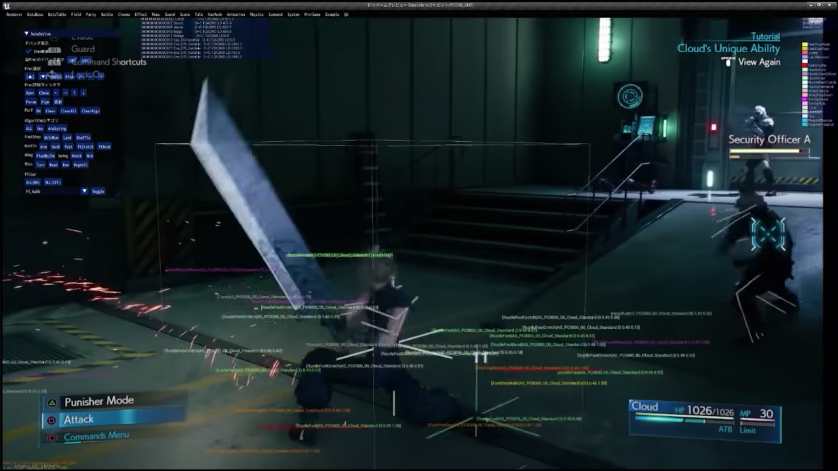
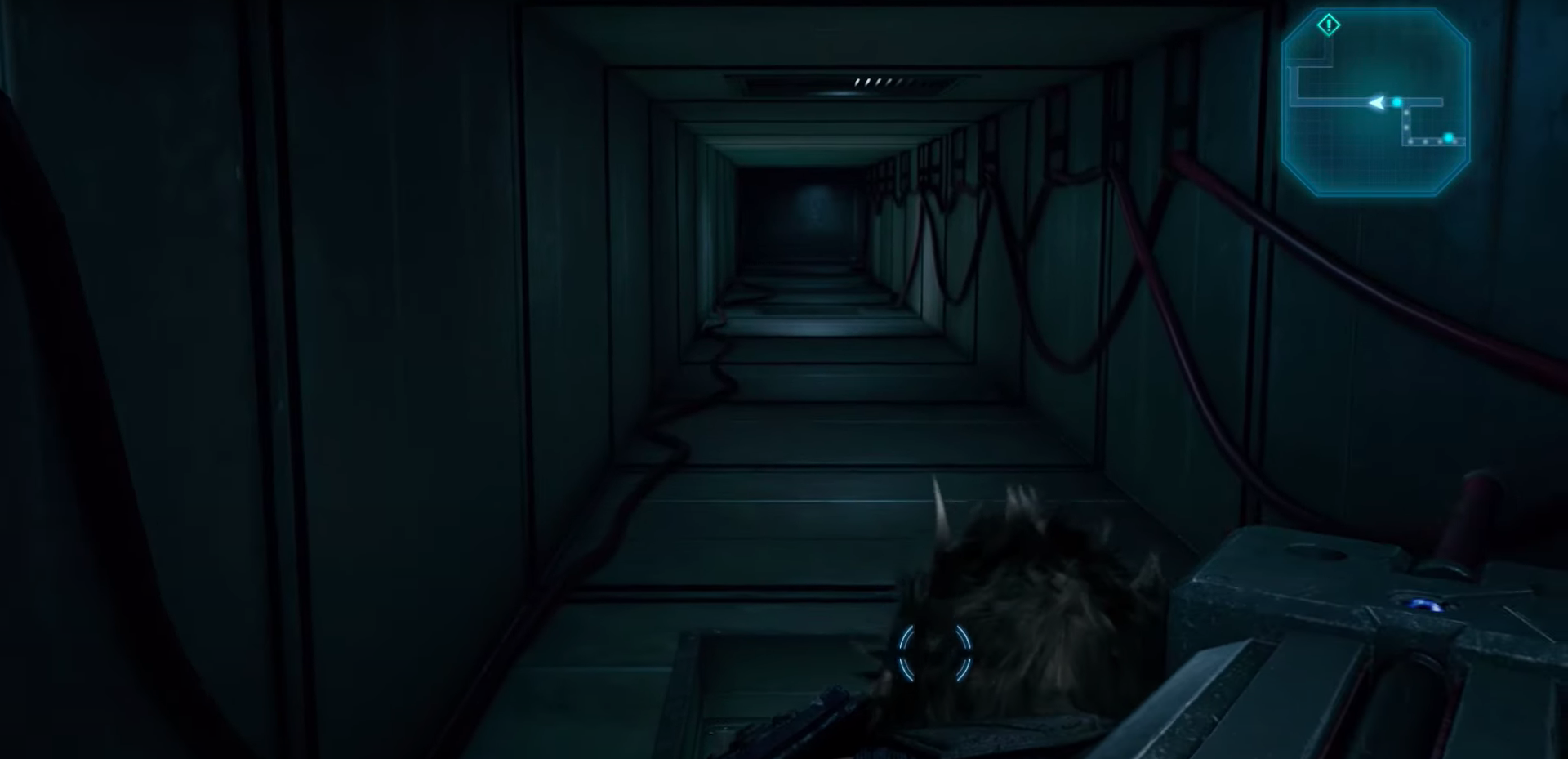


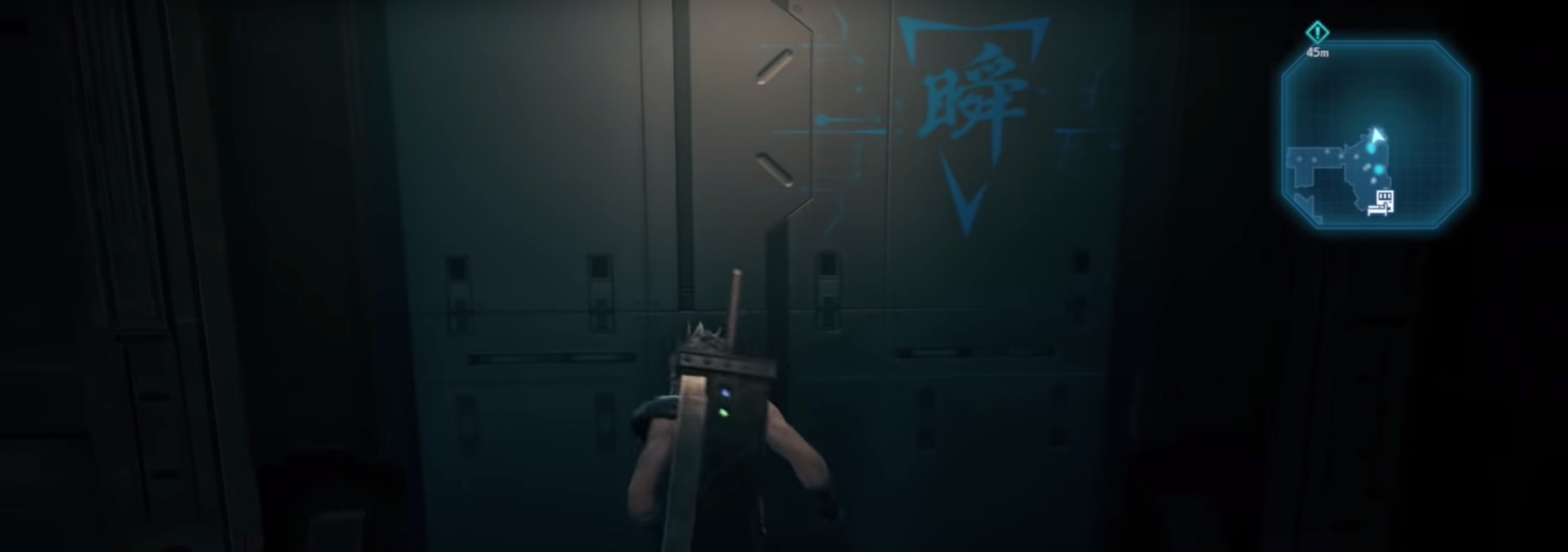
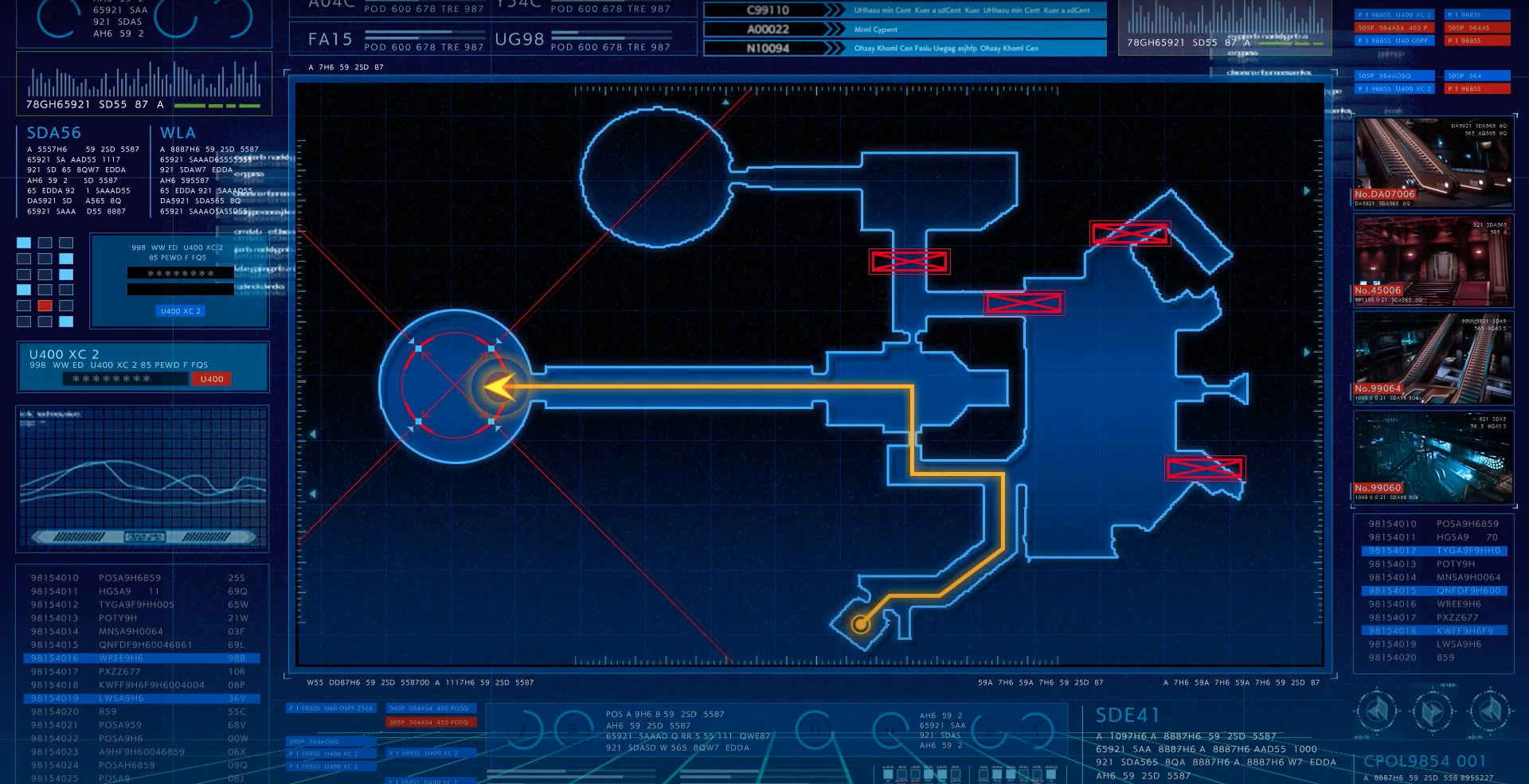
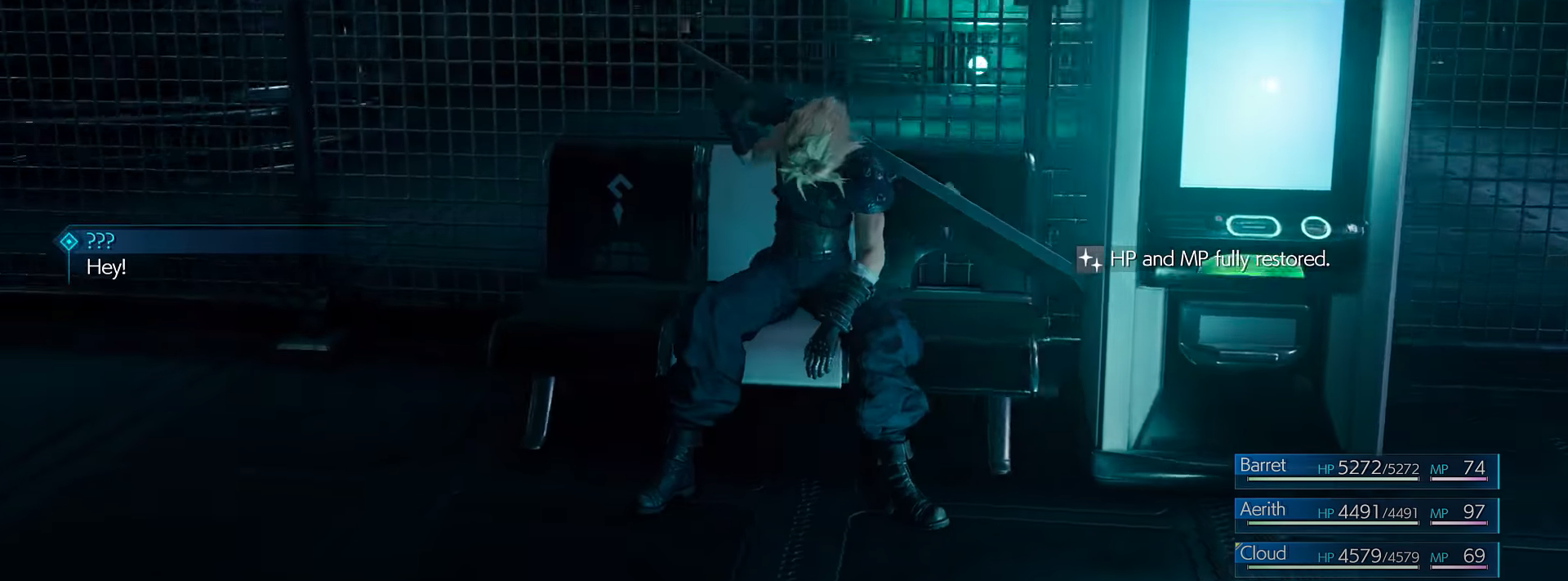
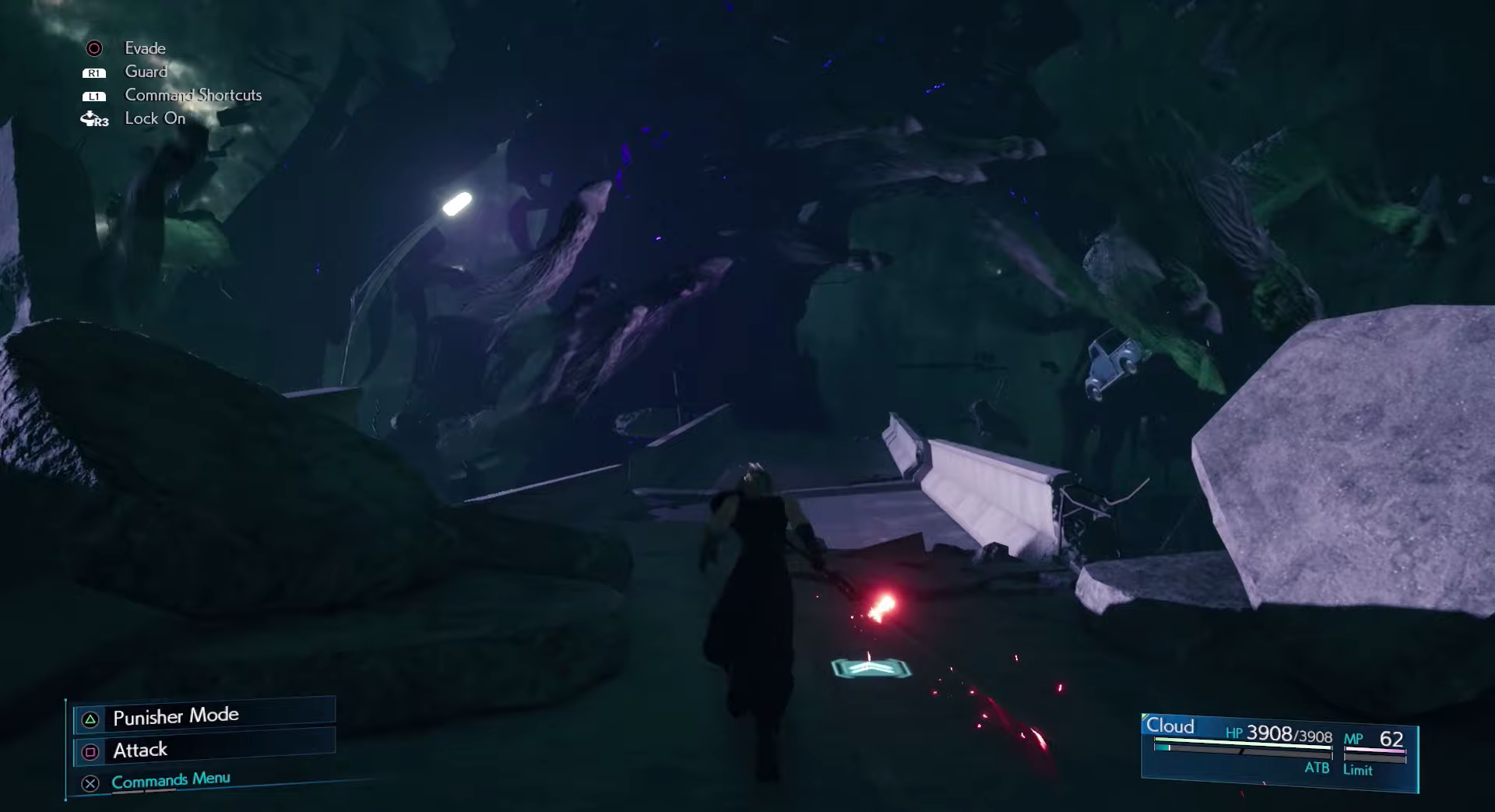

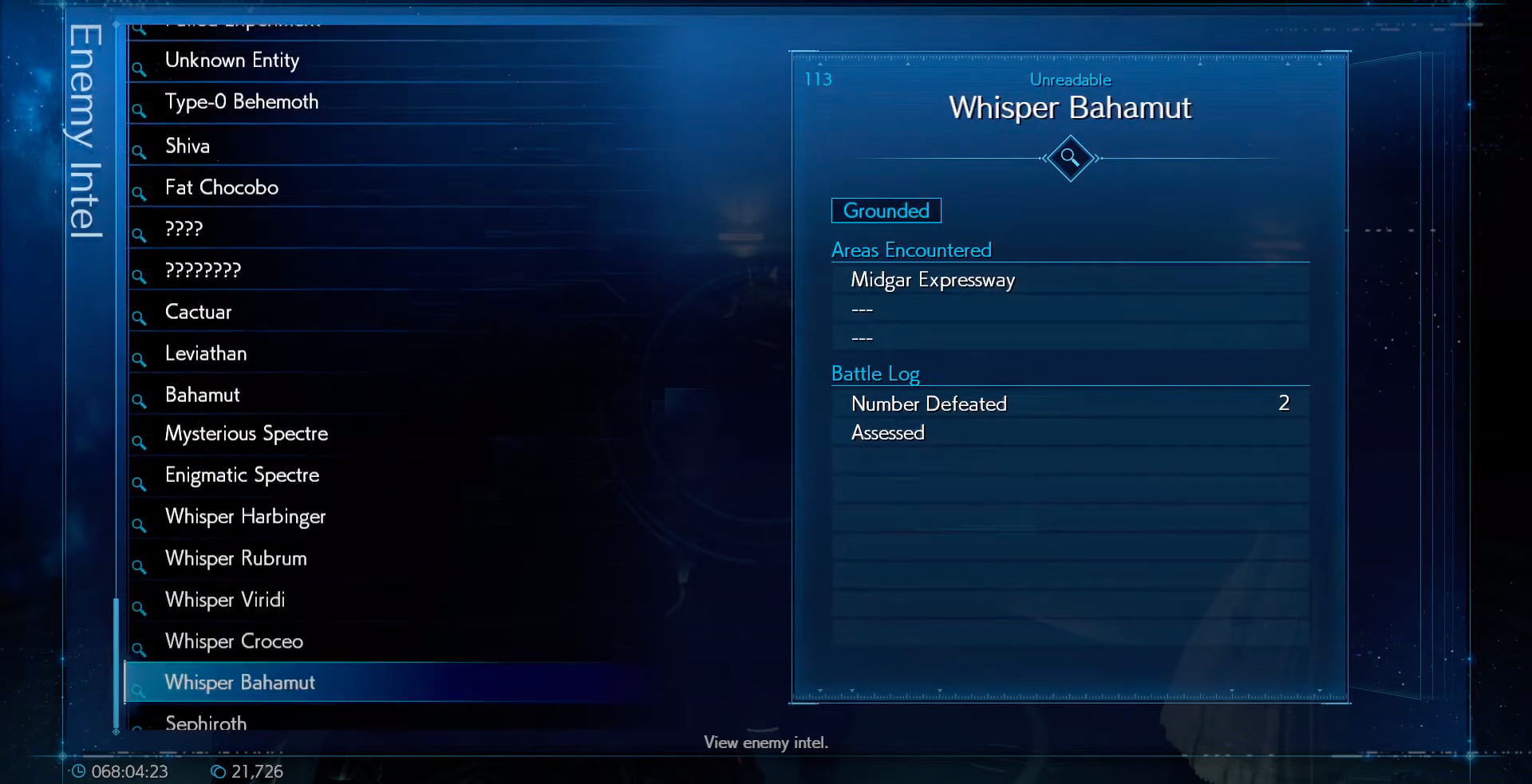
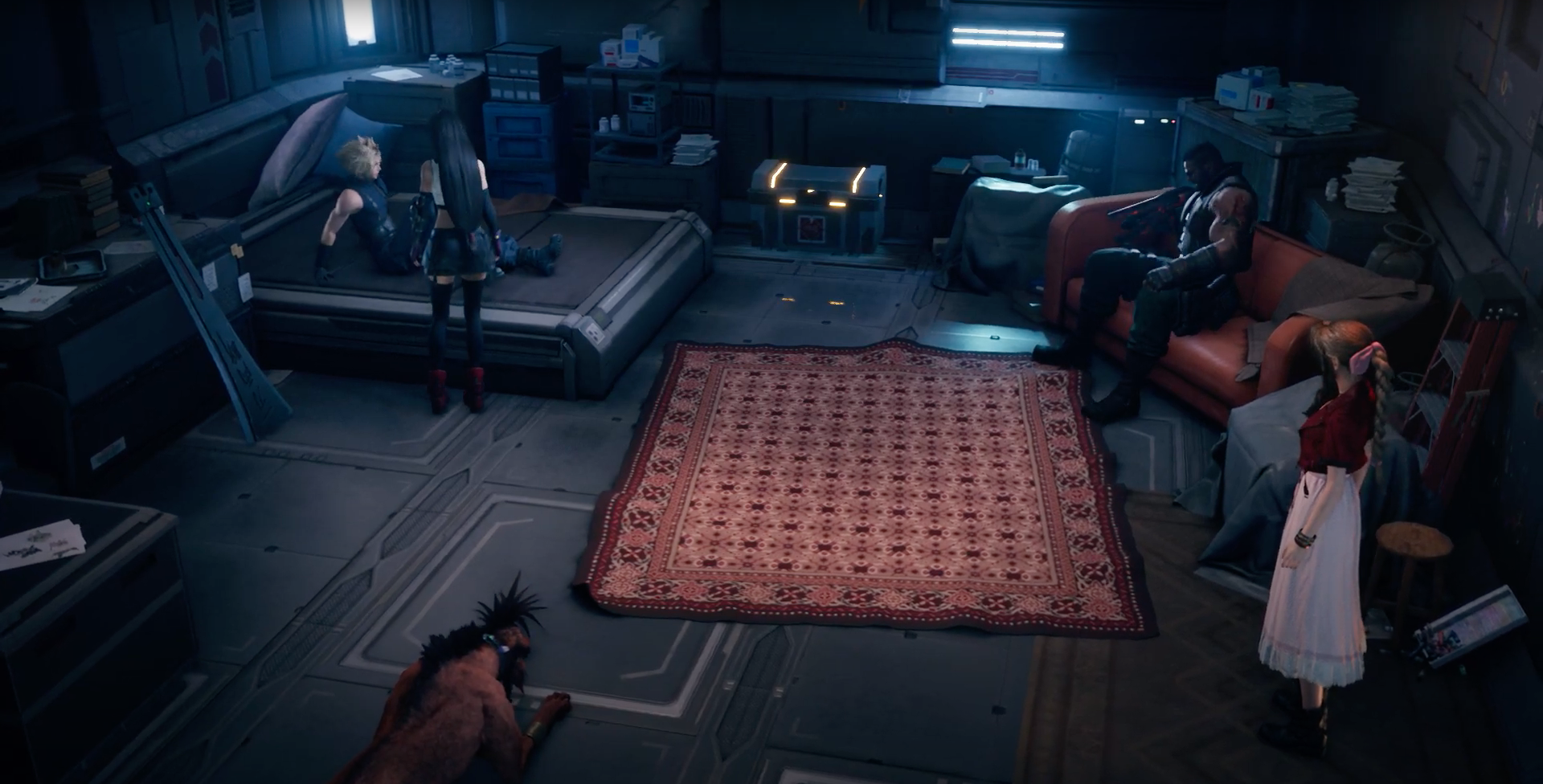
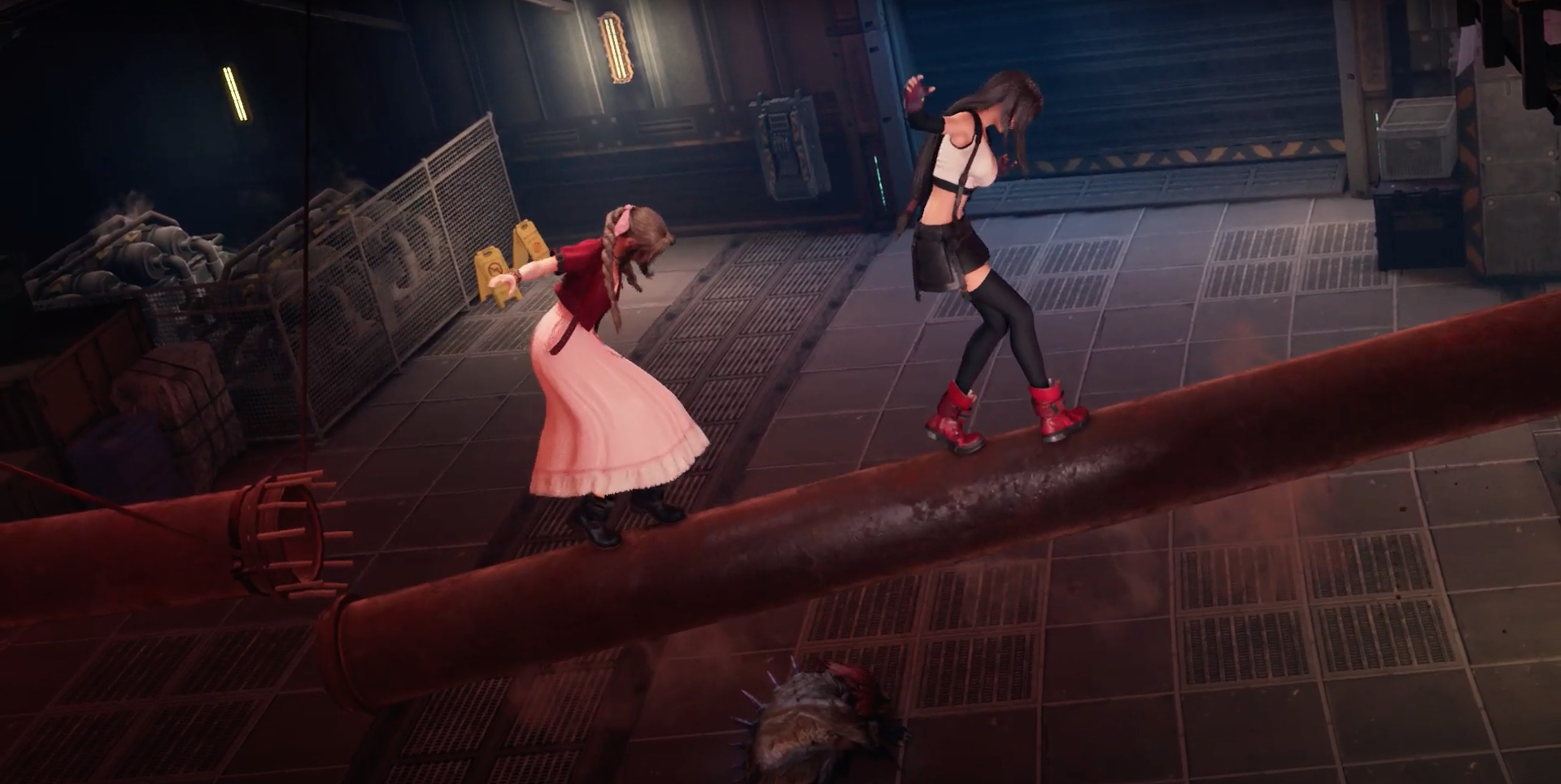
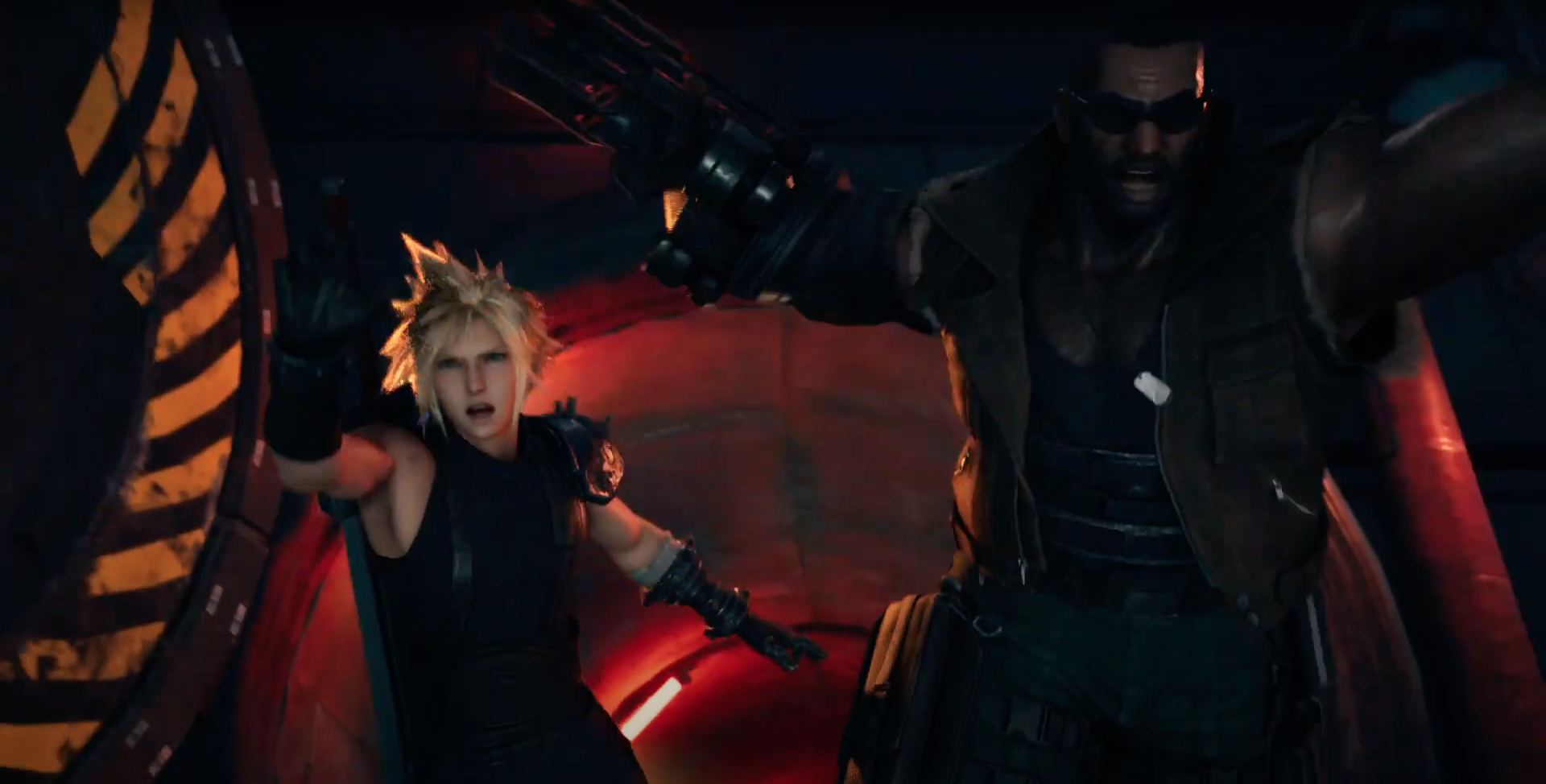
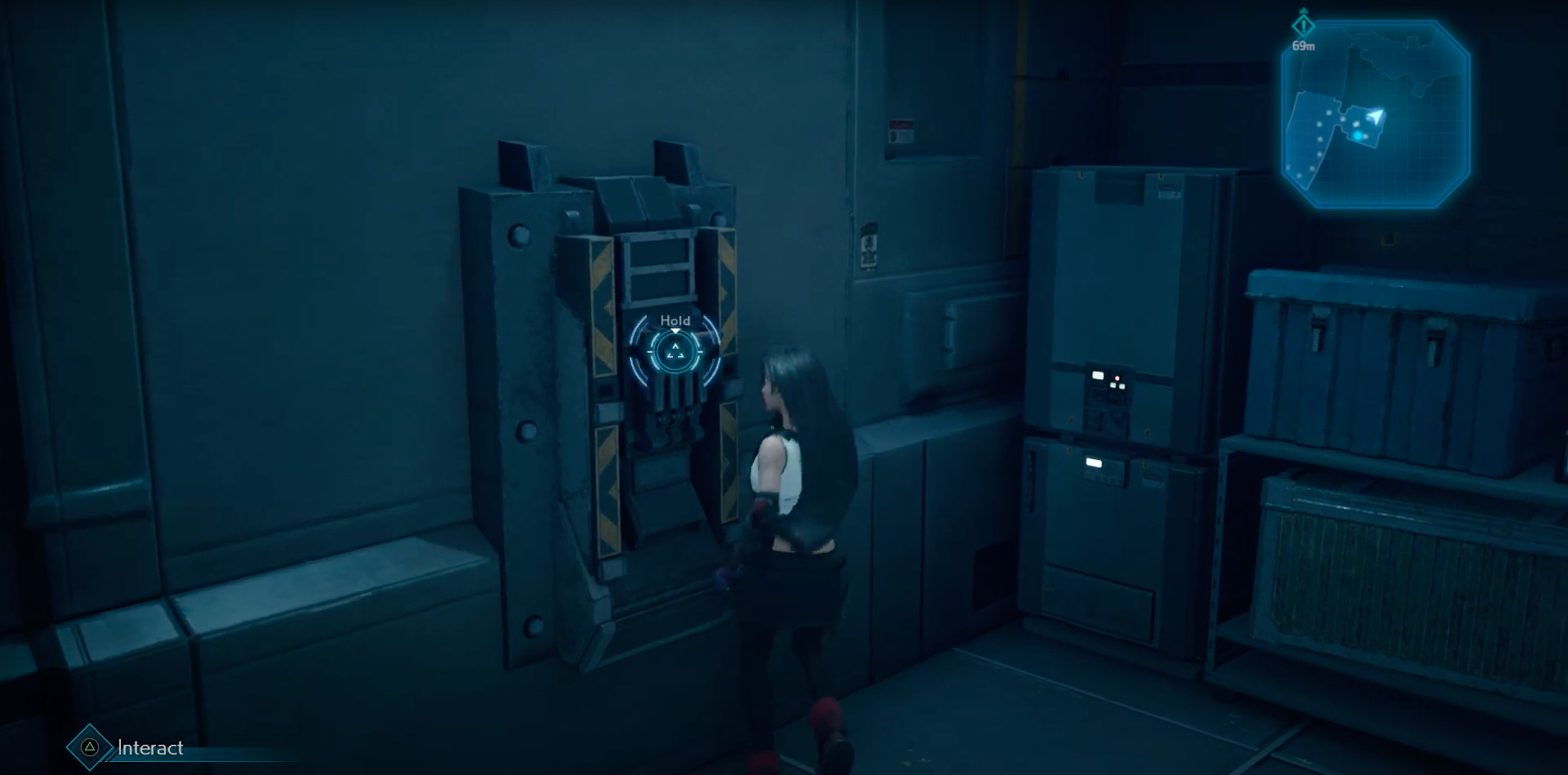
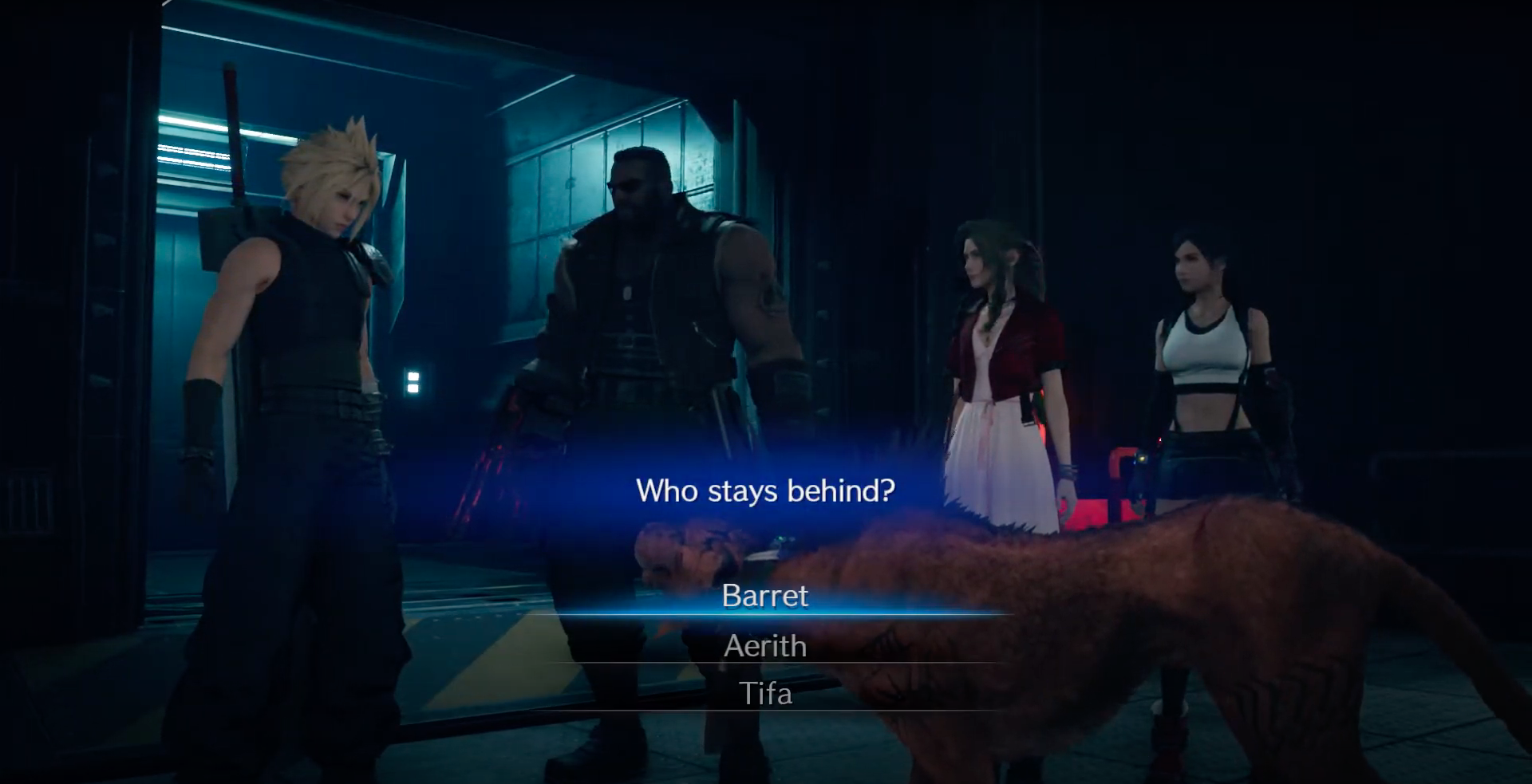

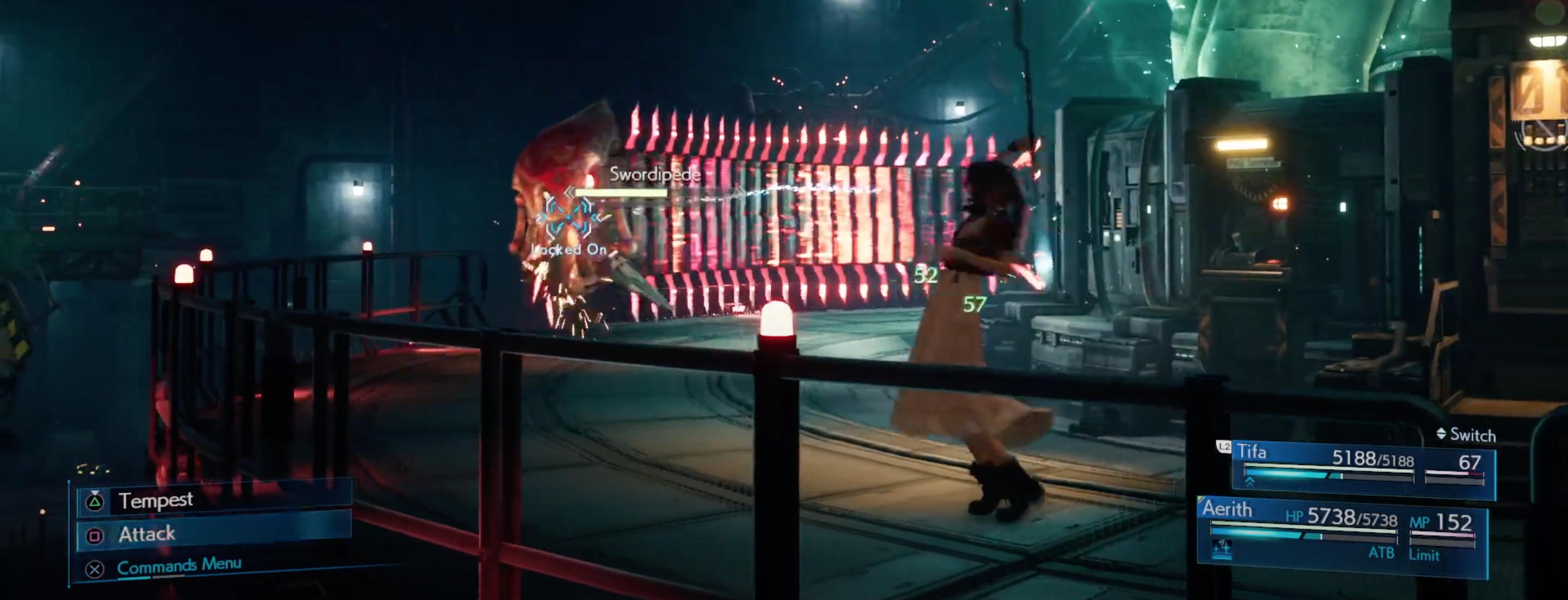

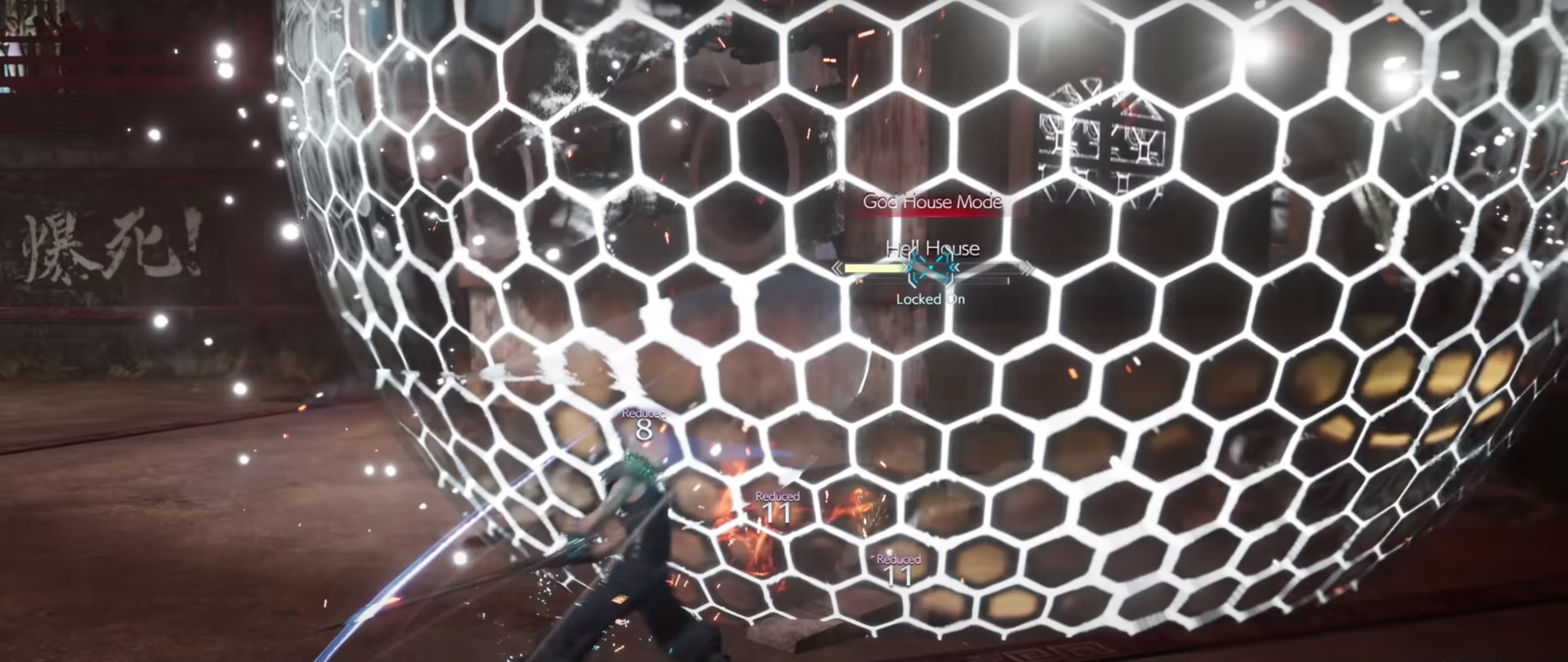
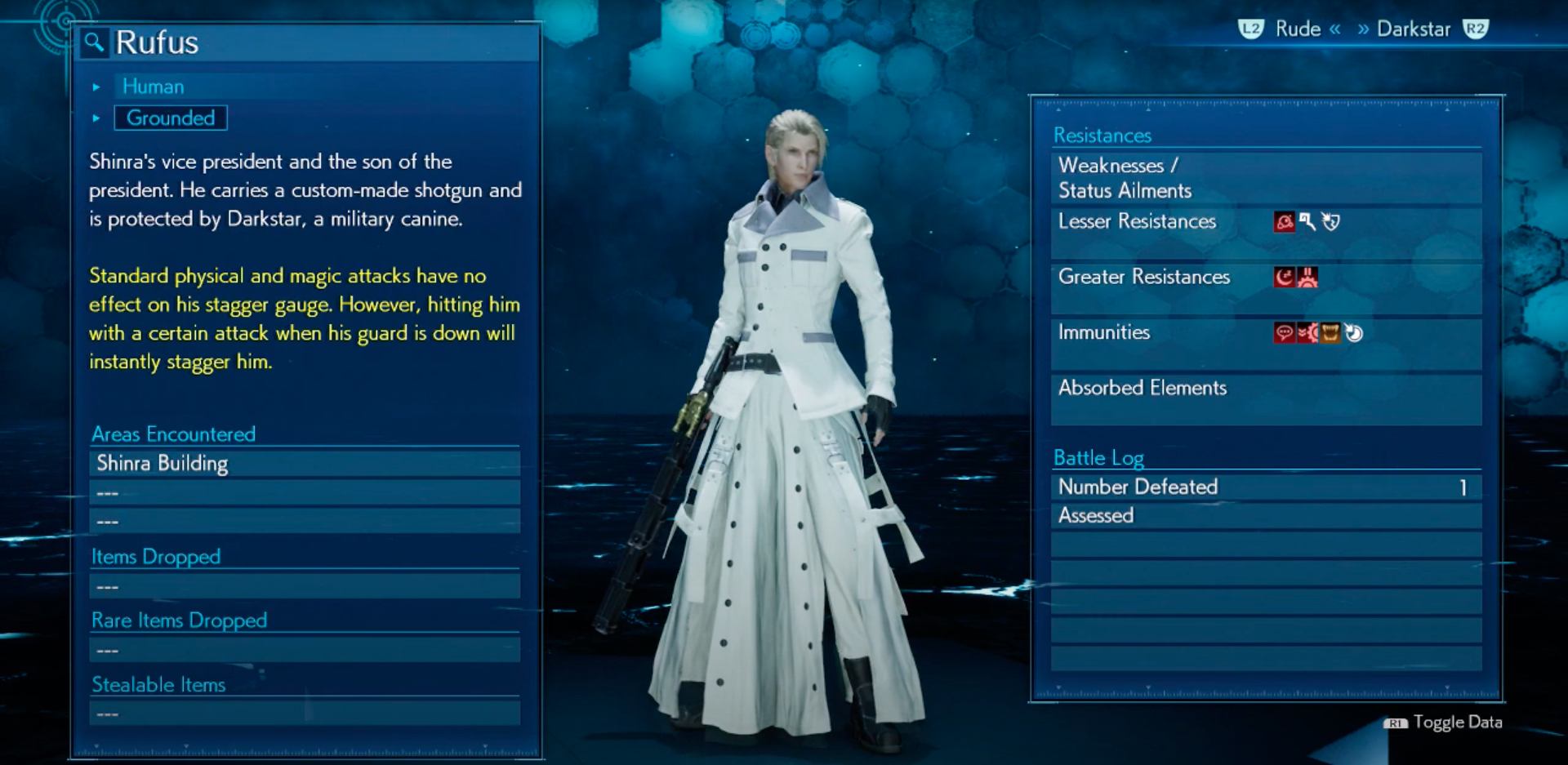
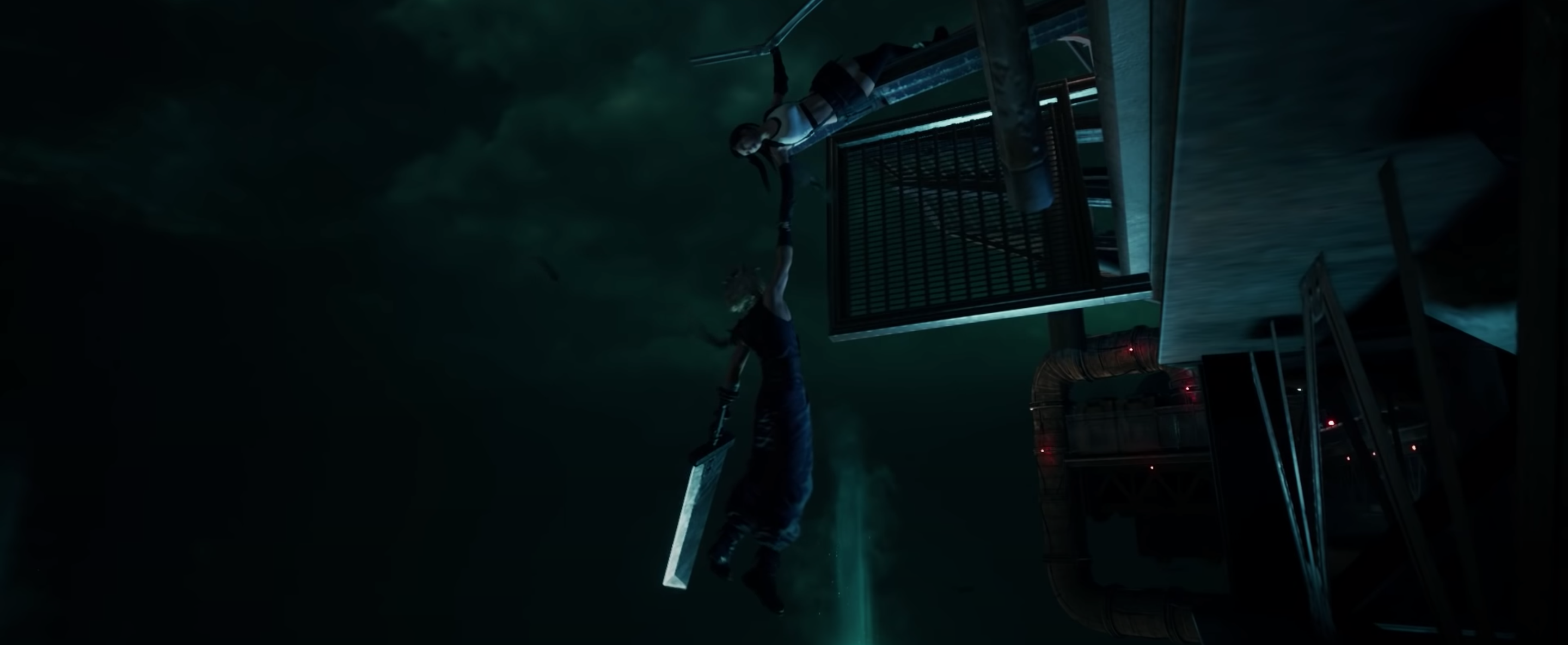
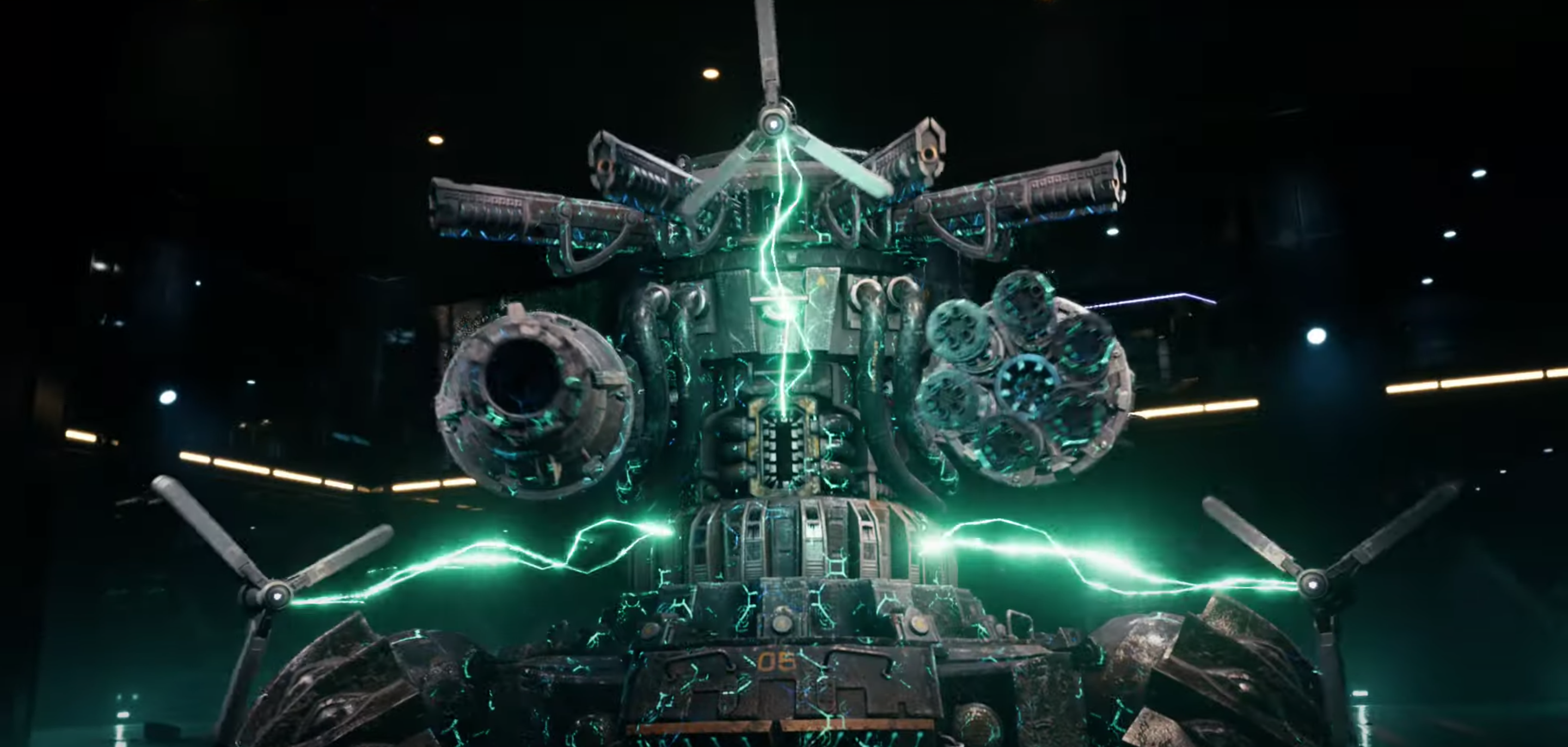
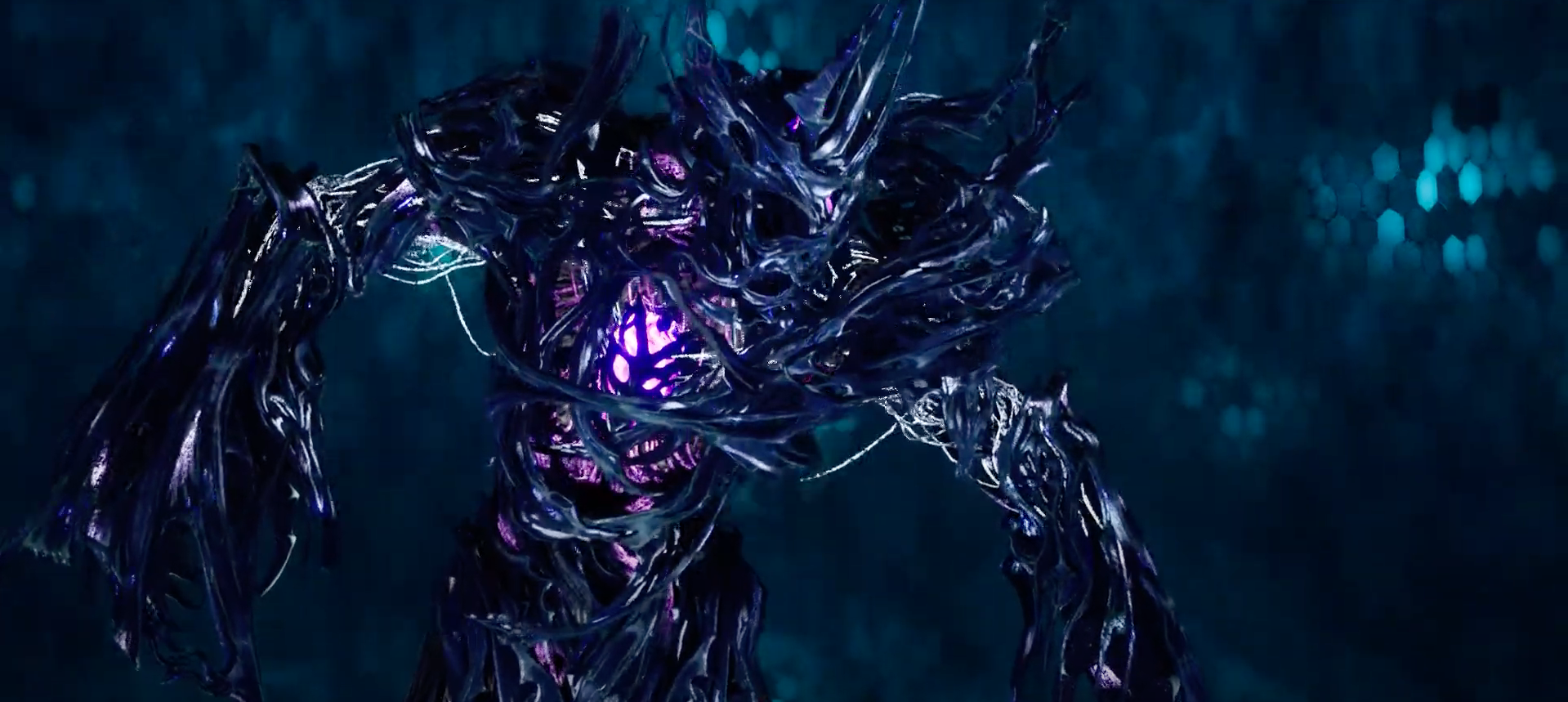
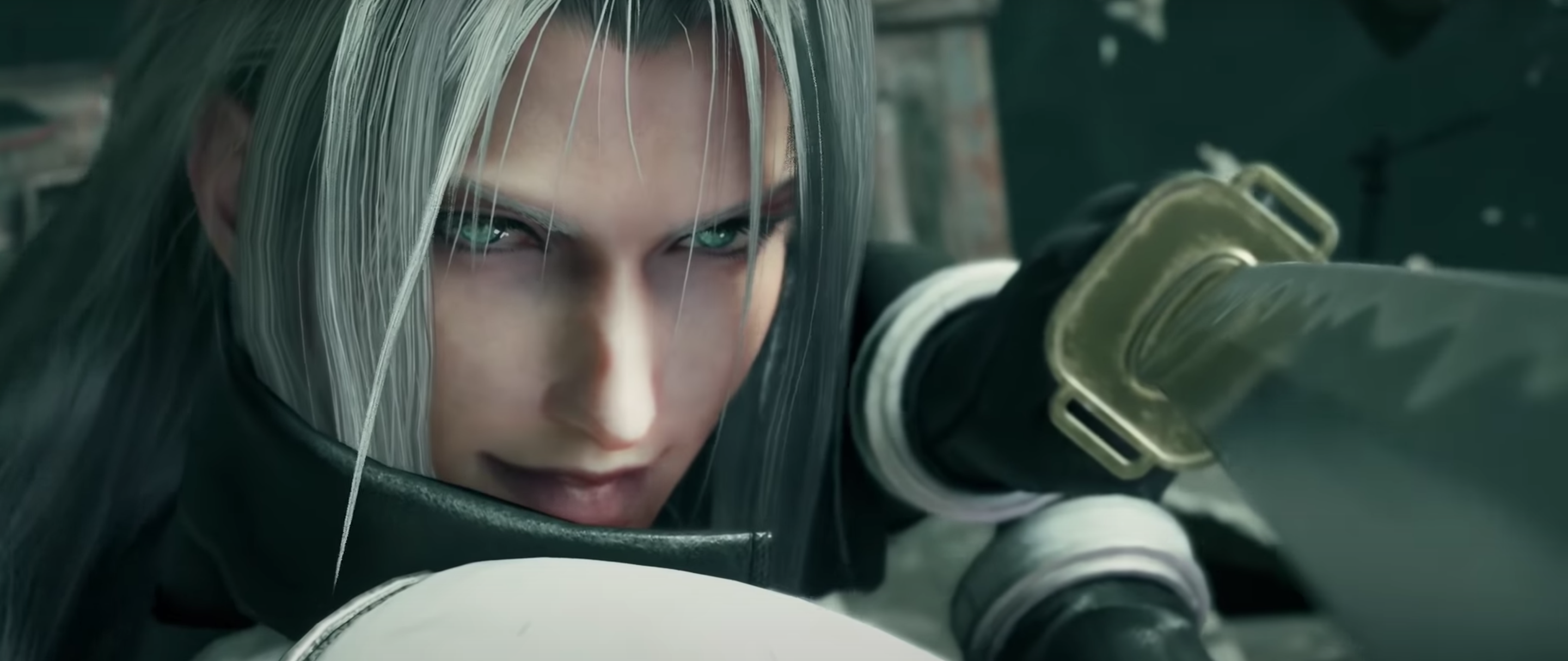
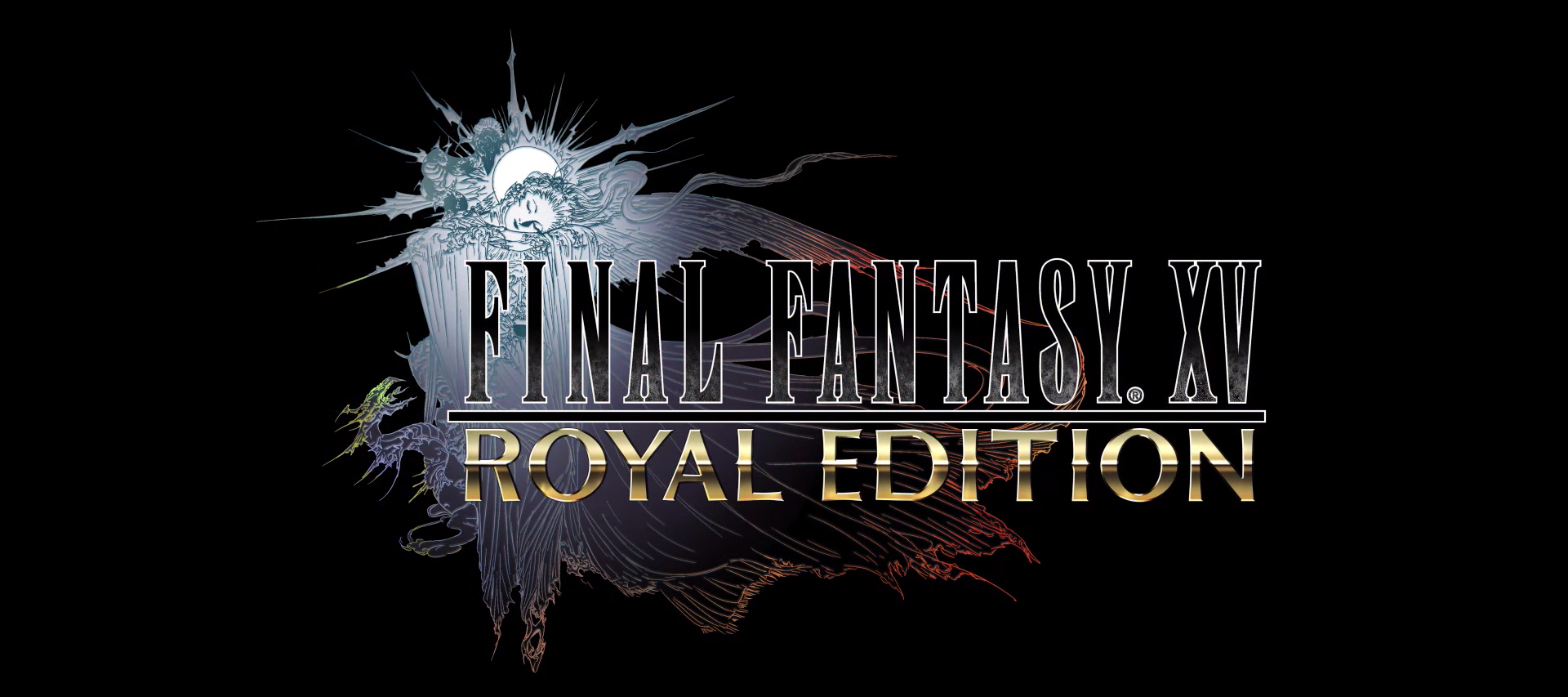
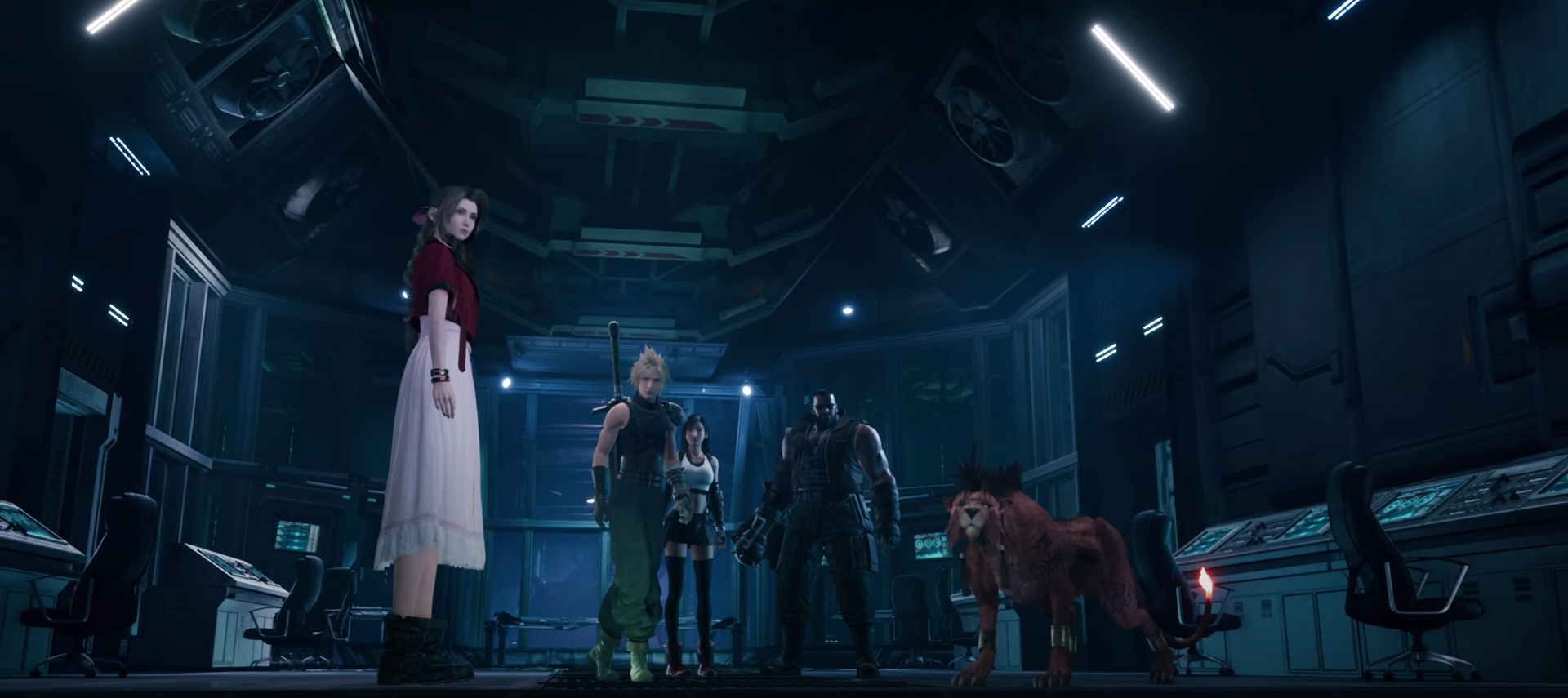

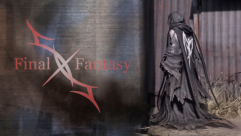
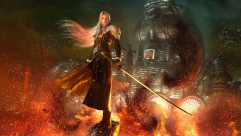
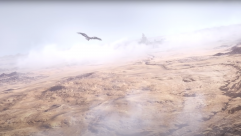

No comments yet
Log in or Register
That was fascinating X-SOLDIER. I learnt so much from reading it. Game design is not my field! The sheer number of factors to be considered when putting a game of this magnitude together – the number of stakeholders whose needs have to be considered – is something I never really thought about before. I wonder if they ever miss the old, innocent days when one man and his dog could put a 16 bit game together, and gaming wasn’t a multi-multi-billion dollar industry.
You have helped me appreciate the Remake even more.
Thanks much, LA! 😀 Glad that I could help you learn some stuff and appreciate the Remake even more along the way!
Ah, isn’t April 1st the start of Japan’s fiscal year?
Anywho, this was a super interesting and informative write up, X. Thanks so much for taking the time to do this 😀
That it is, and it’s another really good point about why that bump in particular would also be a pretty big deal. I’ll make a little edit and note that. 😀 Thanks SailorStarDust, and I’m glad you enjoyed the write-up!
Thanks for the extremely informative read! I can relate to all of your points and especially the Rufus fight. I felt totally lost during that fight compared to Jenova, which felt like a cake walk. Very interesting theories and I do hope they put this out as DLC, cause I will definitely buy it!
Thanks much, and glad to know that the points were relatable! Here’s to keeping fingers crossed for seeing what the future brings!
this helps explain why the final chapters felt so awful compared to the rest of the game, especially the COMPLETE lack of context for jenova. i was playing with my gf watching and she had no idea what even happened. if i hadn’t played the original, i too wouldn’t have realized jenova escaped as the trail and fight all seemed kind of bandaged together.
Long awaited